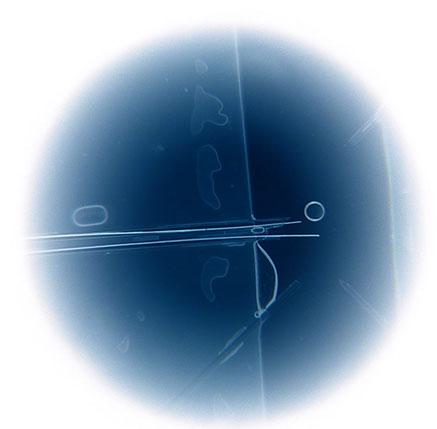
J. Ricardo Arias-Gonzalez received both his master degree in theoretical physics in 1997 and his Ph.D. in 2002 from Complutense University in Madrid (Spain). During his Ph.D. research in the Materials Science Institute of Madrid (CSIC, Spain) under the supervision of Prof. M. Nieto-Vesperinas, and short stays in NIST (National Institute of Standards and Technology, Washington, D.C., USA), École Centrale Paris (France), and EMBL-Heidelberg (Germany), he developed theory and simulations to understand the electromagnetic field in nanoparticles. Specifically, he studied the resonant behavior of both the near field and the optical forces in nanoparticles, as well as the far field scattered from nanoparticles hidden beneath random rough surfaces.
He became interested in biophysics by the end of his doctoral thesis, after studying the interactions between fluorescent molecules and nanoparticles, and after learning on the applications of optical techniques to unveil biological processes and biomolecular structures. Then, he decided to complement his physics background with that of molecular biophysics.
To that end, in 2003 he moved to U.C. Berkeley (USA) for his postdoctoral training under the supervision of Prof. C. Bustamante, where he studied DNA with single-molecule techniques. In 2006, he joined the National Center of Biotechnology in Madrid (CSIC, Spain) to continue his biology formation with Profs. J.L. Carrascosa and J.M. Valpuesta, who do research in the field of structural biology. While he started his independent career, he developed an experimental environment for single-molecule manipulation which includes a state-of-the-art Optical Tweezers, the Optical Nanomanipulation Lab.
He used that approach to understand the physical basis of the conformational states of double-stranded nucleic acids, DNA replication and to study structrural changes of organelles subjected to physical and chemical stimuli. Since 2008, he has been working in IMDEA Nanoscience. He is interested in understanding molecular processes which make cellular machinery function. He uses both theory and experiments whose scientific basis relies as close as possible to first physics principles. As part of a collaborative effort within IMDEA Nanociencia, he has also developed a parallel research line on nanoparticles.
PEOPLE > J. Ricardo Arias-Gonzalez


